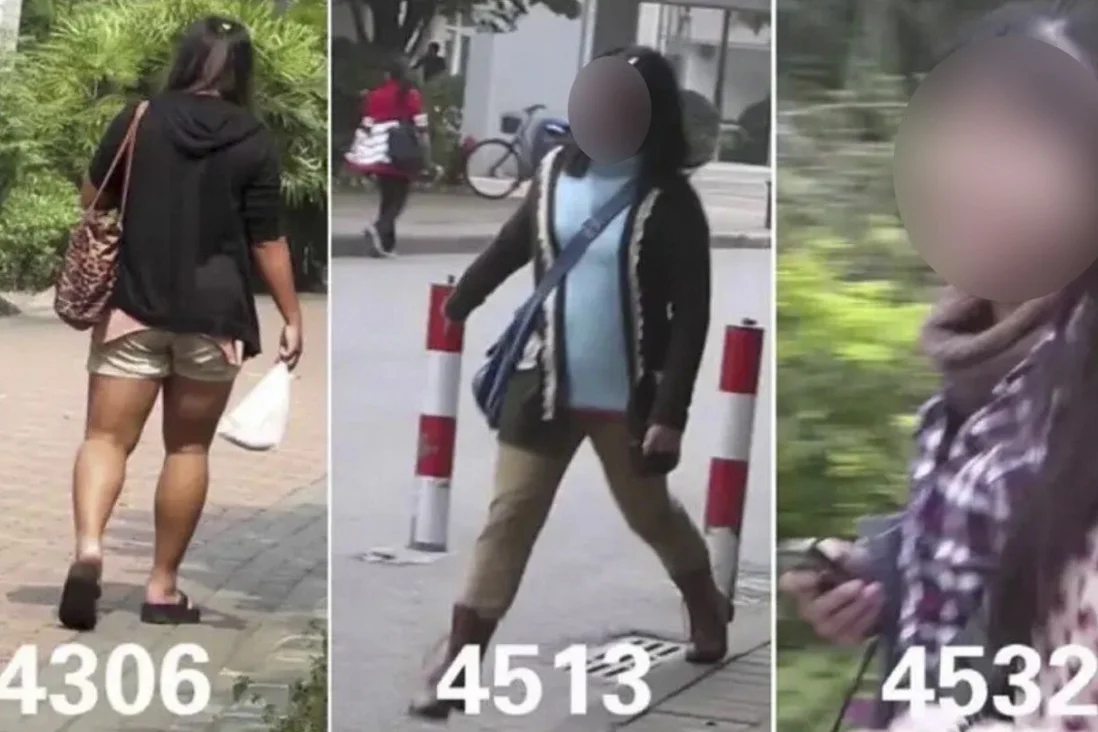
On June 17, 2021, the OCT Contemporary Art Terminal (OCAT), a local Shanghai museum, advertised an art project on Weibo. Titled “Campus Flower” in Chinese and “Uglier and Uglier” in English, the exhibit is a collection of images of nearly 5,000 women.
The project was shot by artist Song Ta on his college campus in 2013. He compiled recordings of the women from “prettiest” to “ugliest” into an eight-hour-long video.
It became extremely controversial.
In the project introduction, Song laid out the intention, objective, and format of his project. Song demonstrated how he recorded the women and ranked them based on his view of their attractiveness.
The women were mostly unaware of the project and the fact that their faces have been exhibited all around the world since its completion.
[zombify_post]


0 Comments